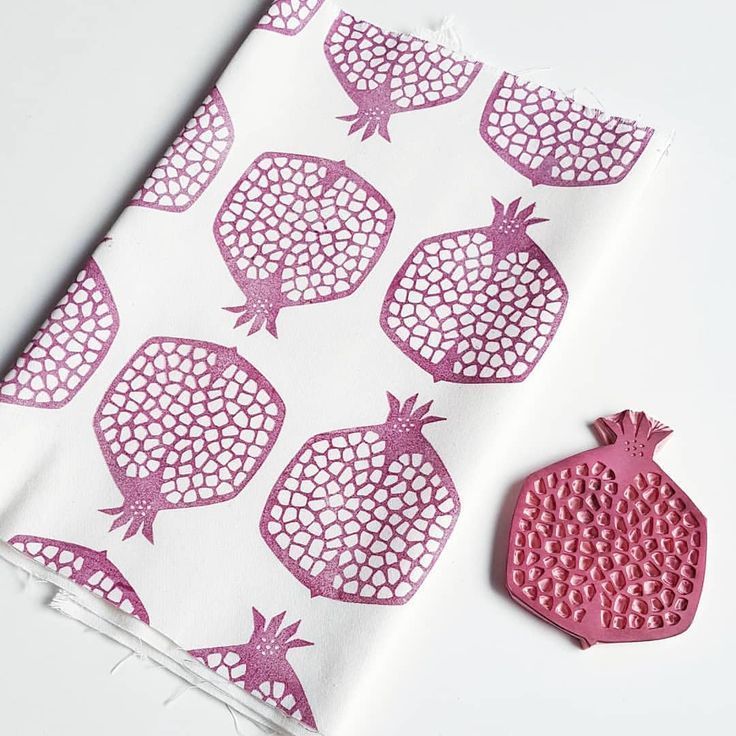Block Printing
The block printing process is one of the oldest and most enduring methods of printmaking. This technique involves carving a design into a block surface, applying ink to the carved areas, and then transferring the image onto paper or fabric. Block printing has a rich history and continues to captivate artists and enthusiasts around the world with its unique charm and versatility.
The block printing process is an ancient art form that has evolved over centuries, encompassing various techniques and styles. This traditional method of textile and paper decoration involves using carved blocks to transfer ink or dye onto a surface, creating intricate and visually stunning designs. With roots dating back to ancient civilizations, it has evolved into a diverse and cherished craft, because of its ability to produce unique, handcrafted pieces that showcase the skill and creativity of the artisan.
Origins
The history of block printing is a testament to the enduring appeal and significance of this ancient art form. The origins of block printing can be traced back to ancient civilizations in East Asia.”In particular, China is credited with inventing woodblock printing around the 6th century during the Tang Dynasty.”
Early practitioners used wooden blocks to print text and images onto various surfaces, primarily for religious texts and official documents. It soon spread to other East Asian countries, including Japan and Korea, where it became deeply integrated into cultural practices.
By the 14th – 15th century, the technique eventually made its way to Europe through trade routes and cultural exchanges. While advancements in printing technology have transformed the industry, traditional printing techniques continue to thrive.
Artisans around the world have embraced this printing technique as a unique and sustainable form of artistic expression. Contemporary artists and designers often incorporate block printing into their work, preserving the cultural heritage of this ancient craft.
What is the Block Printing Process?
The block printing process is a traditional printing technique, the process involves creating intricate patterns and designs on fabric or paper using carved wooden or linoleum blocks.
The printing process hence involved certain steps which include:
Design Creation
The printing process journey begins with the creation of a design. Artists sketch their vision on paper, carefully considering the details that will be transferred onto the final medium. This step requires a deep understanding of the medium and the desired outcome.
Block Carving
Once the design is finalized, it is transferred onto a wooden or linoleum block. The block is then carefully carved by skilled artisans using carving tools. This process demands precision, as the depth and shape of the carving determine the final result. The design often creates different blocks for each color.
Ink Preparation
Traditional printing uses natural, water-based inks. These inks are mixed by hand, often incorporating pigments derived from plants, minerals, or other natural sources. The ink consistency is crucial for achieving the right balance between fluidity and thickness. Printing
With the blocks carved and the ink prepared, the actual printing process begins. The artisan applies the ink onto the carved block and presses it firmly onto the chosen medium whether it be fabric, paper, or even wood. This step is repeated to create a seamless and creative pattern.
Drying and Fixing
Once the printing is complete, the fabric or paper is left to dry. Some prints may require additional fixing processes to ensure the longevity of the design.
Final Touches
The final step involves any necessary touch-ups or additional details. Artisans may use fine brushes or other tools to enhance certain elements of the print, ensuring that the finished product meets their artistic vision.

Types of Block Printing & Techniques
Block printing techniques are used to create unique prints, while textile designers employ them to produce intricate patterns on fabrics. Block printing is also used in the creation of wallpapers, book covers, and packaging materials, showcasing its versatility across different mediums.
There are several types of block printing processes which include:
Wood Block Printing Technique
The wooden block printing technique, utilizing blocks of wood, this traditional form of block printing is notable for its ability to create detailed and intricate designs. People commonly use woodblock printing for fabric and paper
Linoleum Block Printing
In linoleum block printing, artists use sheets of linoleum instead of wood. Linoleum is easier to carve than wood, allowing for greater flexibility and speed in the design process. Linocuts are popular for their bold and graphic qualities.
Rubber Stamp Printing
This modern variation involves carving designs into rubber stamps. Rubber stamp printing is popular among crafters due to its simplicity and ease of use.
Block Print on Fabric
Regions like Asia widely practice textile printing, and artisans use carved blocks to print on fabric during the textile printing process. This technique has a rich cultural history and continues to be a vibrant part of traditional textile arts.

In an age dominated by digital technology, block printing onto fabric stands as a testament to the enduring appeal of traditional crafts. Its rich history, diverse techniques, and artistic possibilities continue to inspire a new generation of creatives. Whether used for fine art, textiles, or other creative projects, this printing technique remains a timeless and captivating form of expression like other printmaking techniques that bridges the past and present.